Practices of Then by ethnic groups recognised as Intangible Cultural Heritage of Humanity
| Hanoi's Old Quarter to host Heritage Day celebrations from next week | |
| Four more Vietnamese sites recognized as ASEAN heritage parks | |
| CNN’s ‘The Keepes’ explores Vietnam’s traditional heritage |
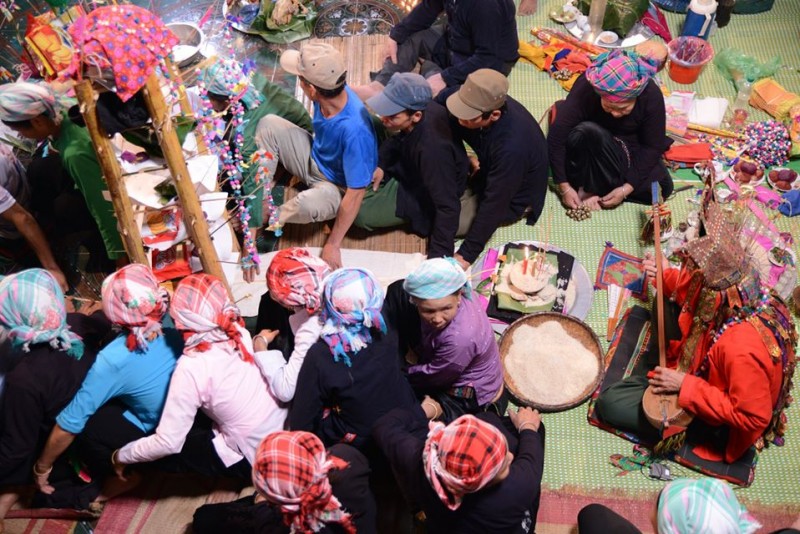 |
| Then rituals performances express Tay, Nung and Thai’s cultural identities, from customs to musical instruments, dance and music. |
Practices of Then in Vietnam form a fundamental part of the spiritual lives of the Tày, Nùng and Thái ethnic groups, reflecting the relationship between human beings, the natural world and the universe. Then rituals performances express Tay, Nung and Thai’s cultural identities, from customs to musical instruments, dance and music. People shows their respect to the spirits by offering items of worship and presenting their prayers for peace, for treating illnesses, good crops, a happy new year, etc.
Then ceremonies describe a journey in which the Then Master (male or female) controls ghost soldiers travelling from the earth realm to the heaven realm, to offer items of worship and present their prayers for peace, for treating illnesses, good crops, a happy new year, etc. The Then Master starts the journey by singing and plucking a tính lute. Depending on the worshipping purposes, Then masters arrange worship trips to pray to different native Gods. Then masters use various items – such as a demon-expelling sword, a yin and yang rod, a bell, etc. – to perform ceremonies in the believer’s house, outdoors or at the Then alter of the Master’s house. The Master wears ceremonial dress, sings in the language of their ethnic group, plays the tính lute, shakes rattle-bells and waves a fan. Some ceremonies are accompanied by a female dancing group.
Then is always transmitted orally while its rituals are conducted, reflecting its succession between the generations, and Then Masters play a key role in passing on the related skills and know-how, with some conducting around 200 ceremonies a year.
The Representative List of the Intangible Cultural Heritage of Humanity seeks to enhance visibility for the traditional practices and know-how of communities without recognizing standards of excellence or exclusivity. UNESCO mobilizes international cooperation and assistance to strengthen the transmission of these cultural practices, in agreement with the concerned communities./.
Recommended
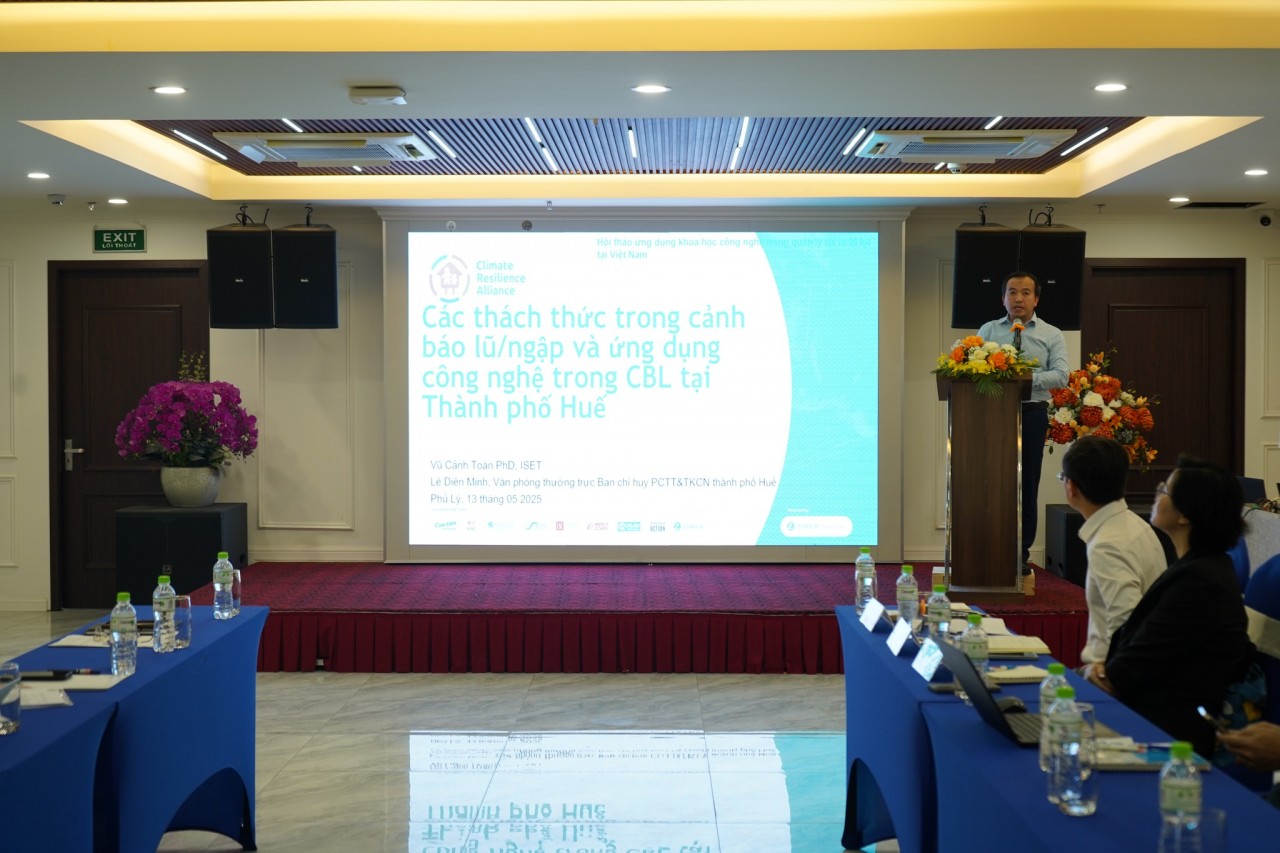 Viet's Home
Viet's Home
Harnessing Emerging Technologies for Flood Risk Warning in Vietnam
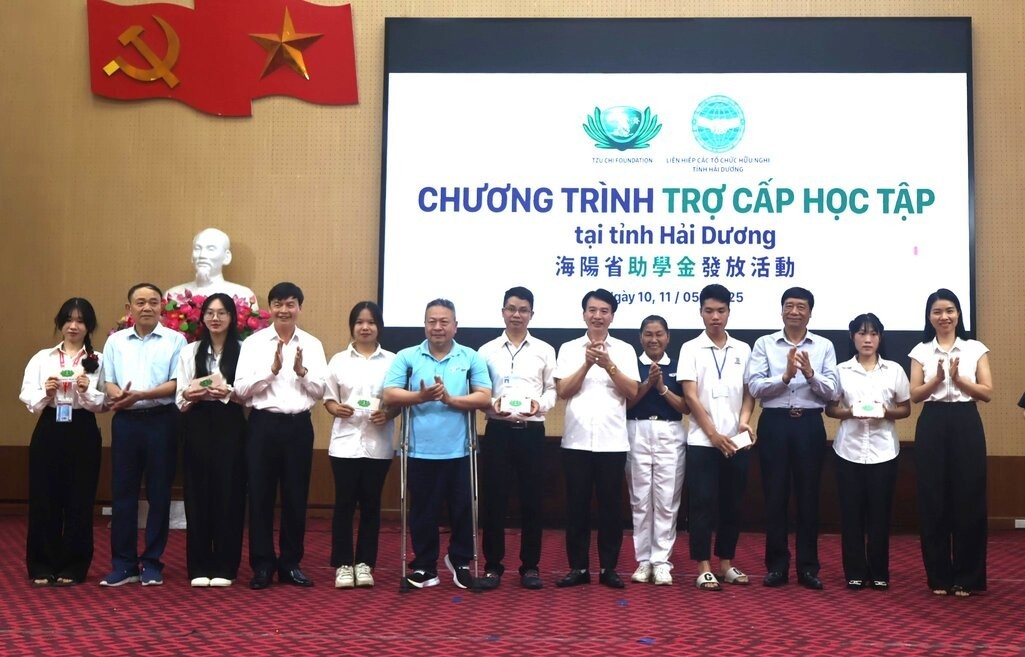 Viet's Home
Viet's Home
Tzu Chi Grants Over VND 2 Billion to Support Disadvantaged Students in Hai Duong
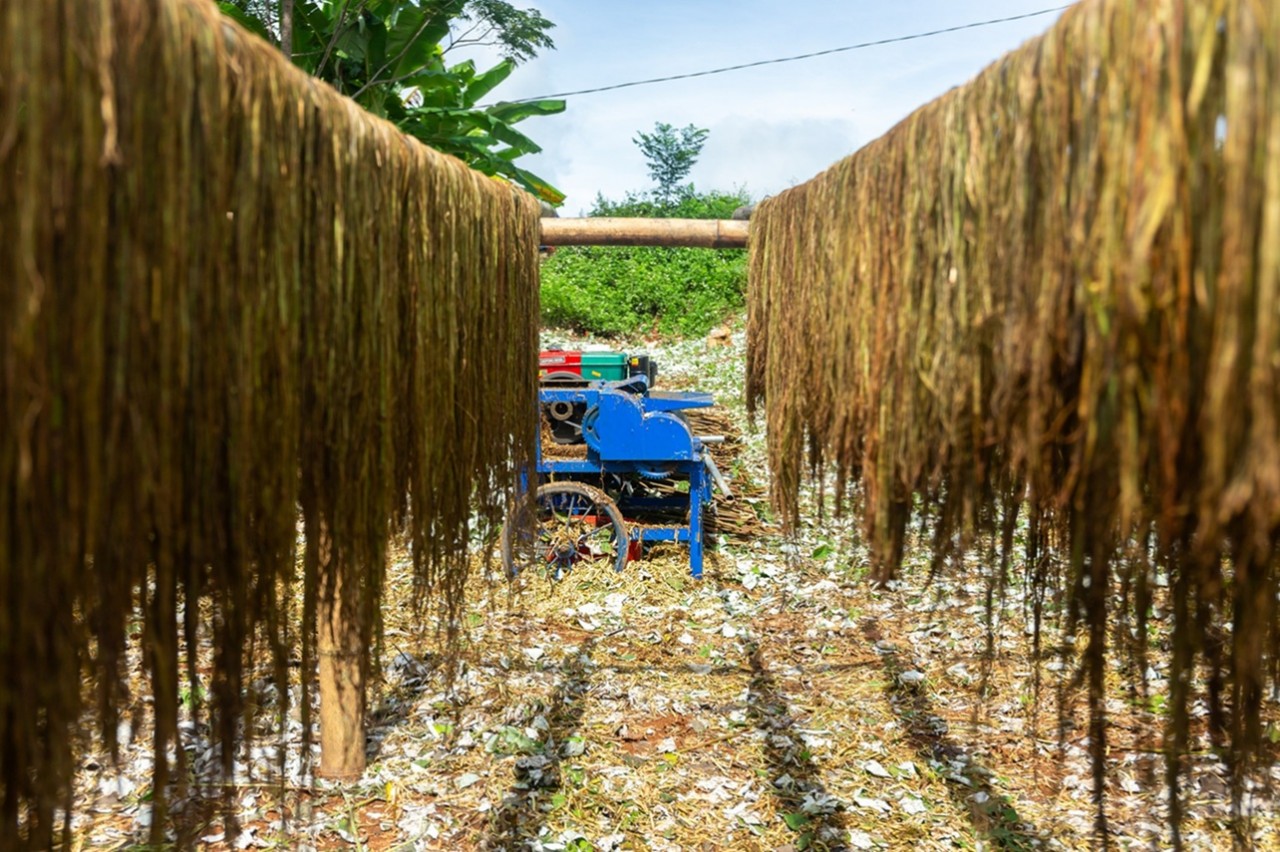 Viet's Home
Viet's Home
CARE Supports Hoa Binh Residents to Develop Sustainable Hemp Products
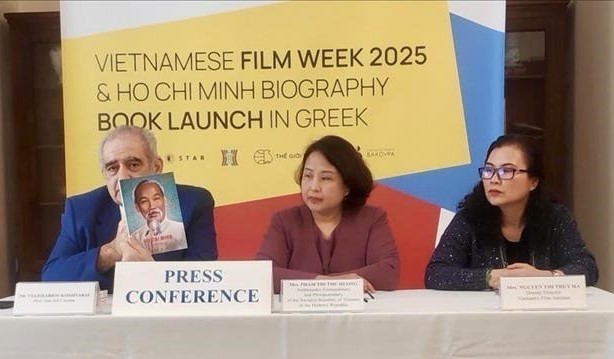 Viet's Home
Viet's Home
"Ho Chi Minh Biography" in Greek Launched in Athens
Popular article
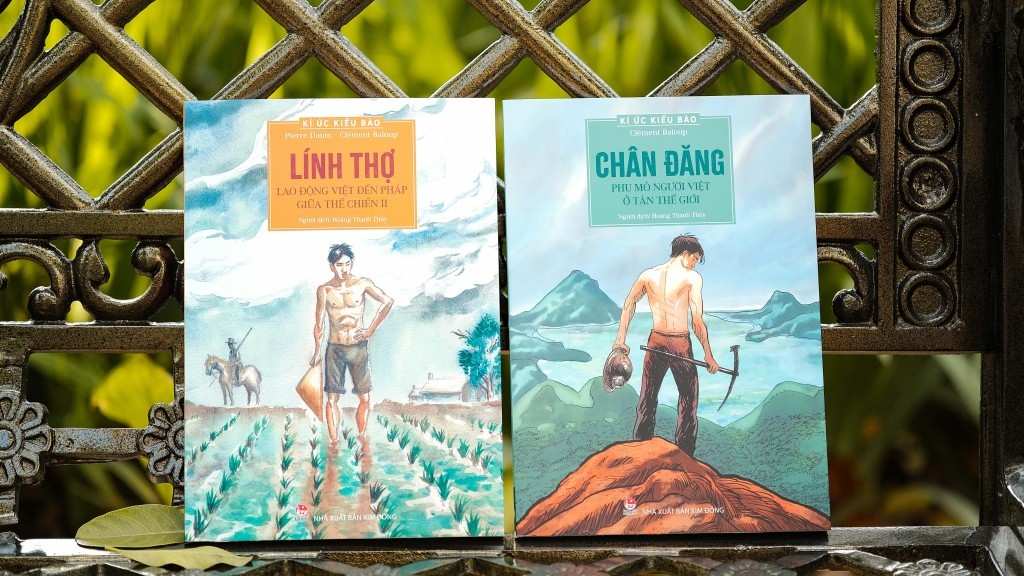 Viet's Home
Viet's Home
French-Vietnamese Author Introduces Book Series "Memories of Overseas Vietnamese"
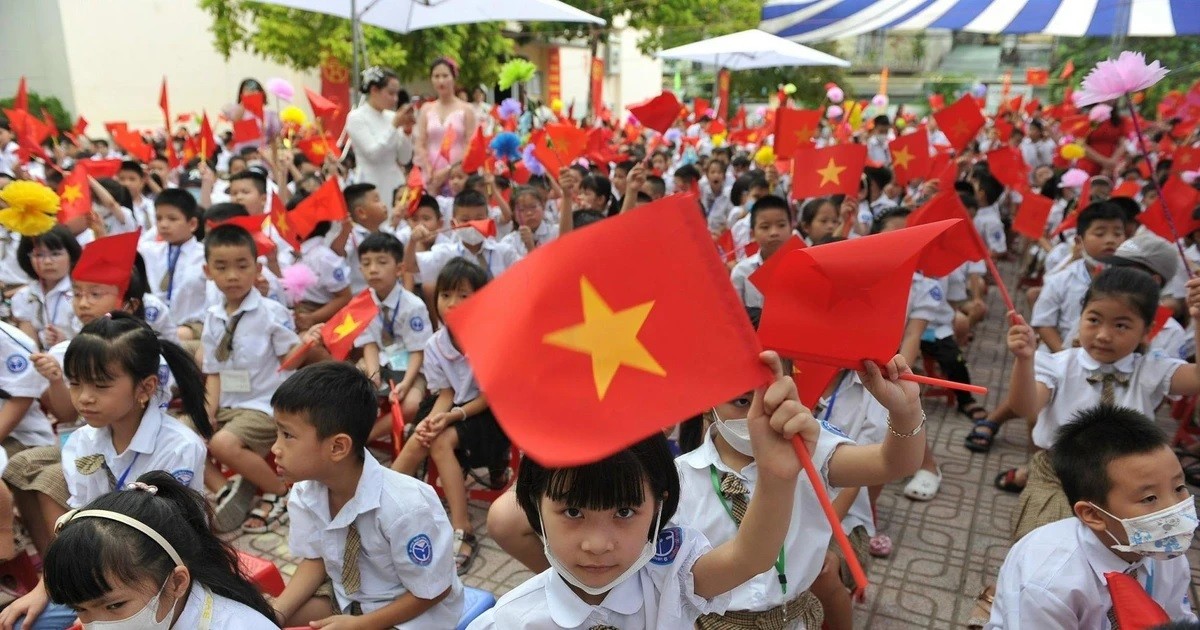 Viet's Home
Viet's Home
Vietnam's Human Development Index Remains High
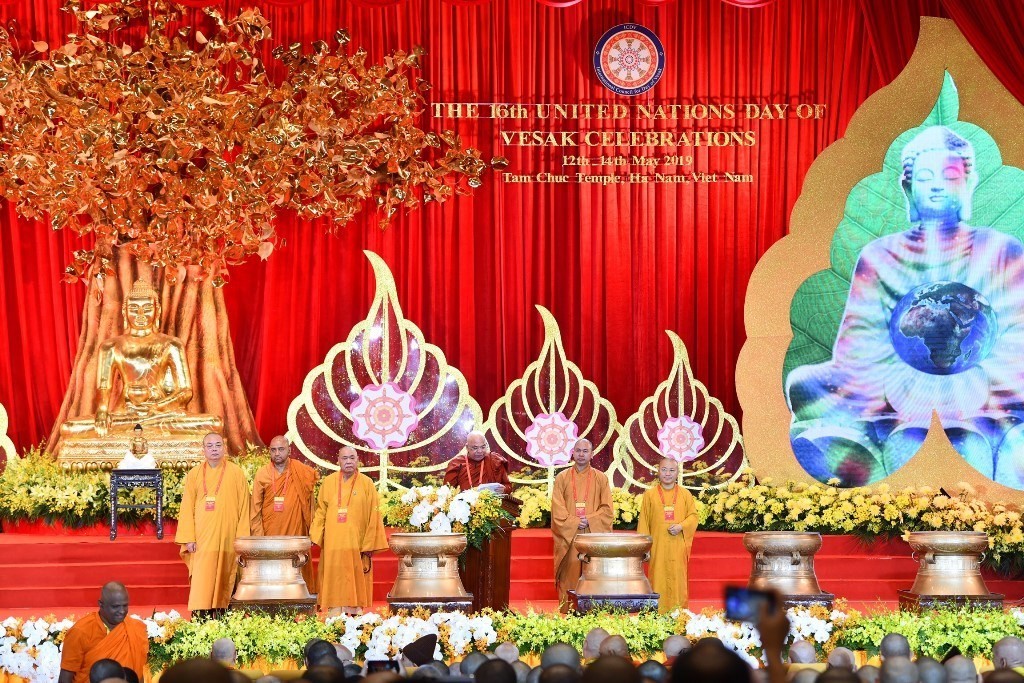 Viet's Home
Viet's Home
Vietnam’s Mark on UN Day of Vesak Celebrations
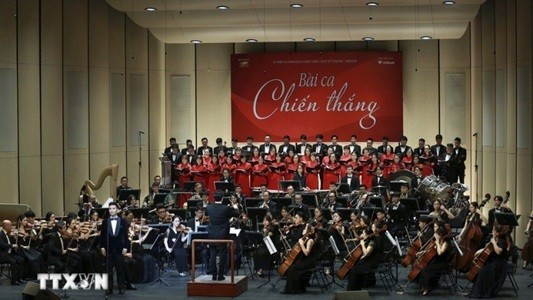 Viet's Home
Viet's Home

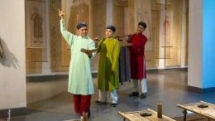





![[Photos] Tug-of-War Games Connects Vietnamese - Korean Communities](https://vietnamtimes.org.vn/stores/news_dataimages/2023/112023/20/12/photos-tug-of-war-games-connects-vietnamese-korean-communities_1.jpg?rt=20231120123727)
